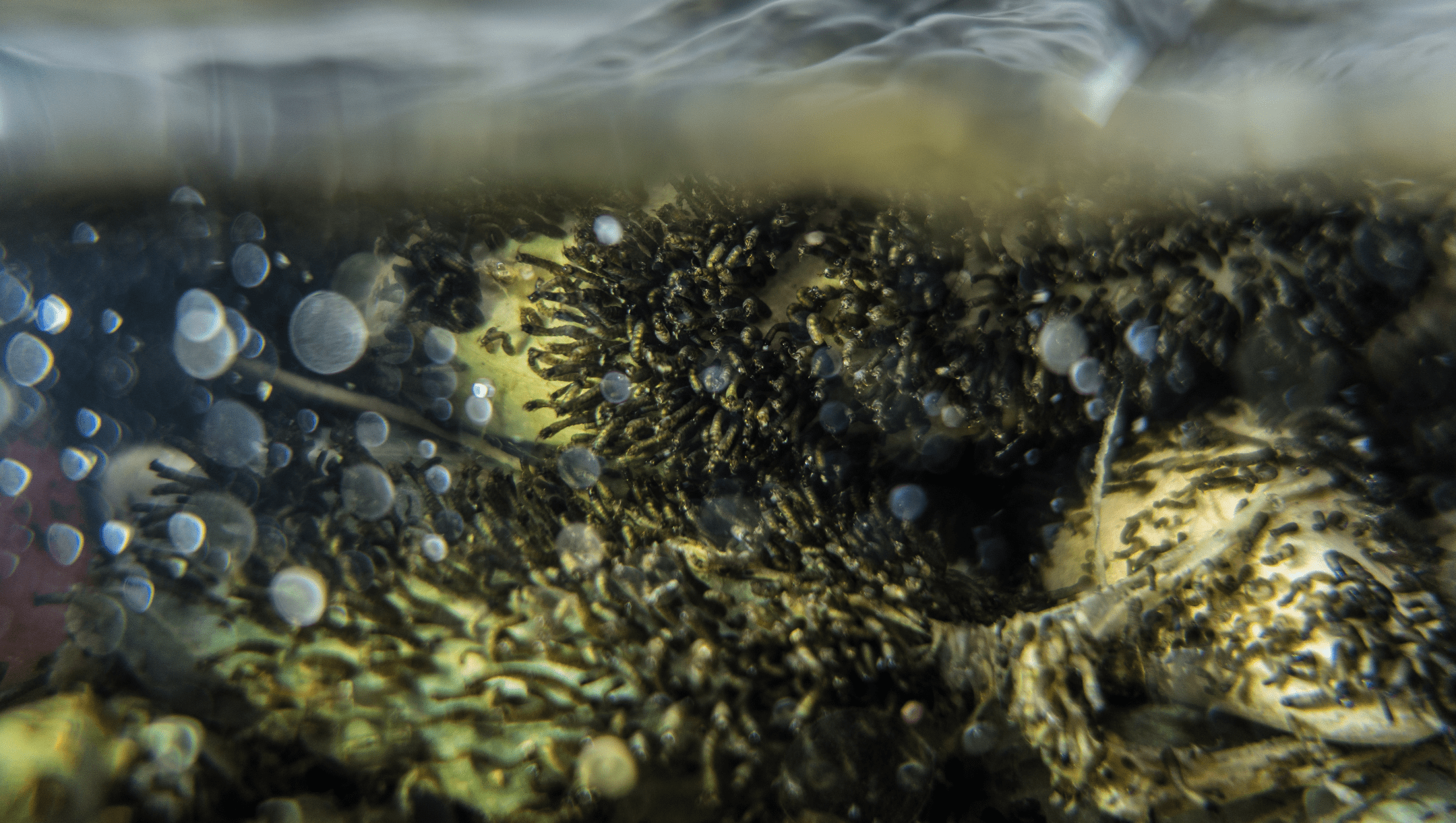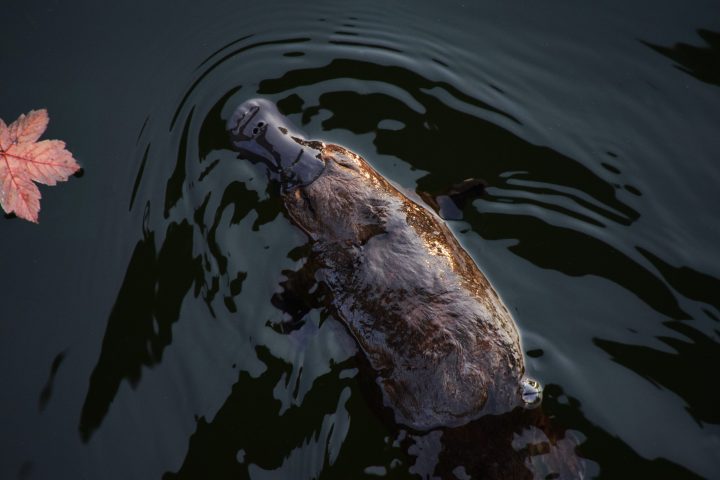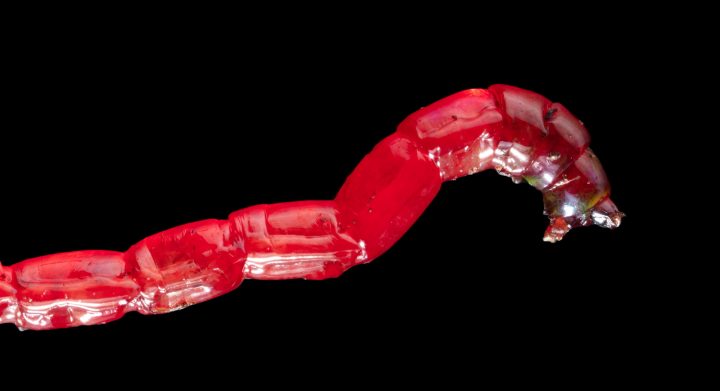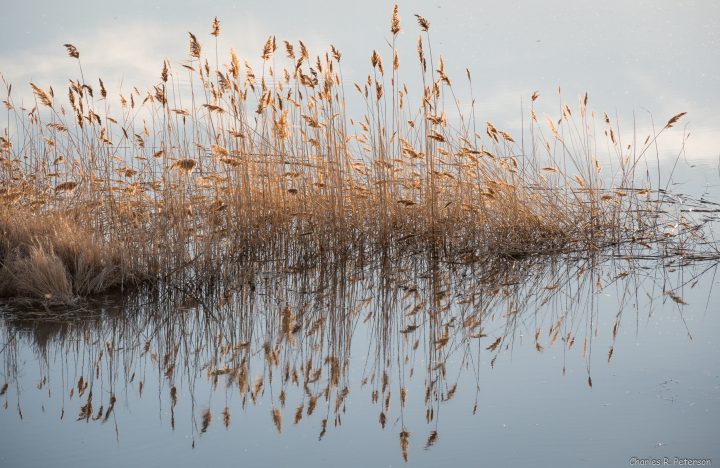The larvae of black flies direct water currents to create conditions favorable to gathering and filtering food by adjusting the shape and position of their body and foldable, food-trapping mouth fans.
“Some black-fly larvae that live in shallow, rapid streams have an interesting variation on the device. They are attached at their posteriors and have a pair of food-trapping fans on their anterior ends. A larva twists lengthwise so one fan is uppermost and feeds from material suspended well out in the velocity gradient (fig. 6.12a). The other fan is then lower and a bit downstream; it feeds on material resuspended in the vortices rising behind the body. Upward flow of water in the vortices is further ecouraged by a downstream tilt of the body as a whole. Groups of larvae, positioned as they are in nature, don’t compete for food but instead enhance each other’s feeding efficiency (Chance and Craig 1986).” (Vogel 2003:135)
Vogel S. Comparative Biomechanics: Life’s Physical World. Princeton: Princeton University Press; 2003. 580 p.





